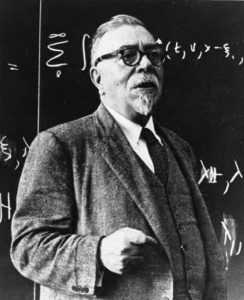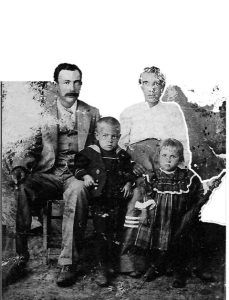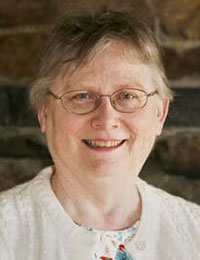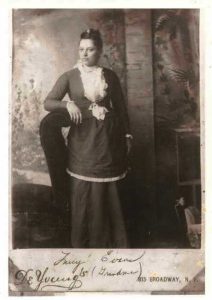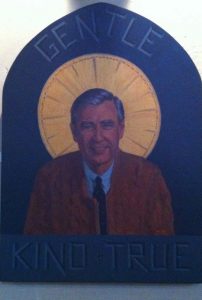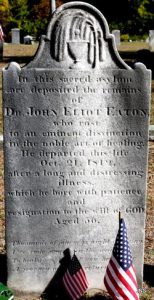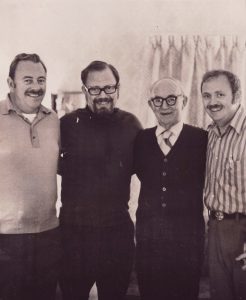
A common rule for genealogists is that spelling does not count: usually, entering an alternate spelling of a surname into a search engine will point you to records for the ancestor you seek, as long as you know his or her parent(s), an approximate birth year, and a birthplace. However, while doing my own research, I have been hindered by the issue of variant spellings.
My grandmother Eleanor (Forry) McManus was a granddaughter of Patrick J. Forry and Hannah M. Crotty, both of whom emigrated to Boston in the 1880s from Ireland, from County Sligo and County Waterford respectively. The Crotty branch has not been hard to fill in, as I contacted an Englishman who is married to a granddaughter of Hannah’s niece. He has already made a family tree, from which I obtained information. The Forry branch, though, has been a different story, since the surname can be spelled so many ways when recorded phonetically. Continue reading ‘Undoubtedly the same family’
